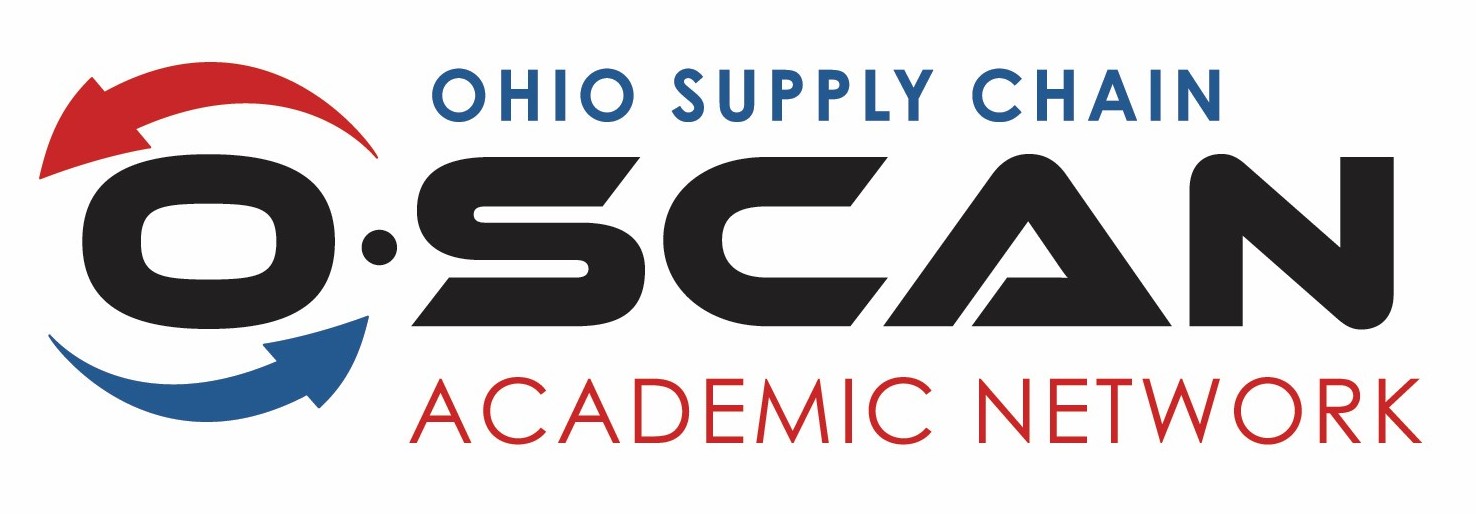Ohio manufacturers welcomed new state workforce announcements aimed at moving Ohioans into jobs faster through employer-led, results-driven programs. The Ohio Manufacturers’ Association (OMA) said the initiatives reflect a clear focus on connecting people to work and supporting manufacturers’ real-time talent needs.
“These announcements are about placing people in jobs and supporting Ohio manufacturing,” said Ryan Augsburger, OMA president. He added that WorkOhio reflects the vision and leadership of Lt. Gov. Jim Tressel, building on what worked during the pandemic by establishing a statewide network of job coaches through seven regional grantees.
The selection of MAGNET, the Northwest Ohio Manufacturing Alliance and the Mahoning Valley Manufacturers Coalition underscores that employer-led partnerships deliver results. JobsOhio’s Experiential Learning Initiative reinforces the same point by expanding earn-and-learn programs that close skills gaps faster and put workers where Ohio manufacturers need them. 1/15/2026




